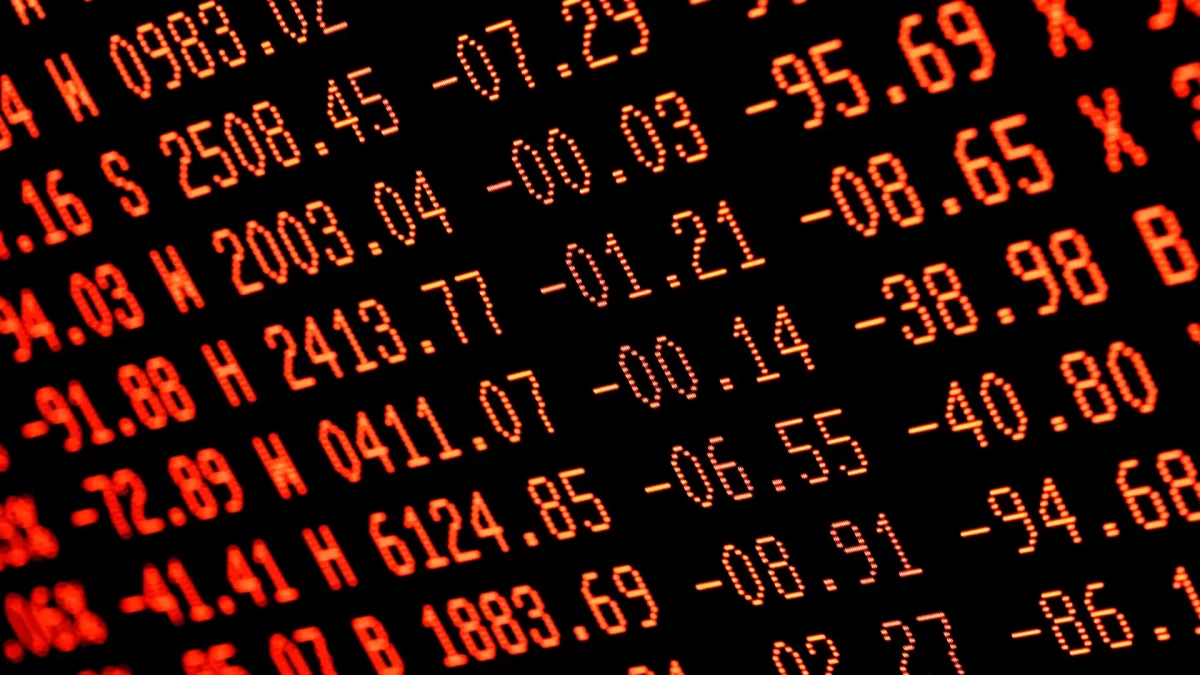Crypto Market Faces Uncertainty Amid Rate Cut Speculation and Upcoming Payouts
12.07.2024 9:00 1 min. read Alexander Stefanov
The main question investors are asking themselves is whether the crypto market cycle has reached its peaked.
Raising the question of whether to sell assets now and buy back at lower prices later, or to view current dips as buying opportunities.
Analyst Satoshi Stacker highlights that the Federal Reserve’s potential rate cuts are a key factor affecting both crypto and traditional markets.
Although FED officials have stated decisions will depend on upcoming data, recent positive comments following disinflation data from May and June hint at possible rate cuts.
Another bullish factor, according to Stacker, is the expected $16 billion payout to FTX creditors this year, which could significantly boost the crypto market if even a portion is reinvested.
READ MORE:

Binance Announces Delisting of Margin Pairs
Historical trends also show that Q4 often delivers strong returns for Bitcoin, and the upcoming U.S. election might influence market behavior, typically causing a dip before the election and a rally afterward.
Recent activity saw Bitcoin rise slightly to liquidate positions, with notable liquidity levels just below $57K and around $60K.
-
1
Here is How Ethereum Can Change Wall Street, According to ETH Co-founder
09.07.2025 10:00 2 min. read -
2
PENGU Doubles in a Week as New Solana Presale is Tipped as the Best Meme Coin to Buy
17.07.2025 1:30 4 min. read -
3
Binance Could Introduce Golden Visa Option for BNB Investors Inspired by TON
07.07.2025 8:00 1 min. read -
4
Ethereum and Solana 2025 Update: Upgrades, Growth, and What’s next
12.07.2025 14:30 2 min. read -
5
Pepe Price Prediction: PEPE Could Rise Another 10% If It Breaks This Key Level
16.07.2025 17:26 3 min. read
Solana Plans 66% Block Upgrade to Boost Network Capacity
Solana developers have introduced a new proposal aimed at pushing the network’s performance even further.
Societe Generale Backs Bitcoin and Ethereum ETP Expansion
French banking giant Societe Generale has entered the crypto space more directly, forming a strategic partnership with 21Shares.
Strategy Launches $2 Billion Raise to Buy More Bitcoin
MicroStrategy is doubling down on its Bitcoin strategy with a massive $2 billion fundraising move. Originally planned at $500 million, the company expanded its offering after seeing strong investor demand.
Toncoin Treasury Launch: Ton Foundation and Kingsway Raise $400 Million
Toncoin is about to get a major institutional boost. The Ton Foundation and Kingsway Capital have teamed up on a bold initiative: raise $400 million to create a crypto treasury entity focused entirely on Toncoin.
-
1
Here is How Ethereum Can Change Wall Street, According to ETH Co-founder
09.07.2025 10:00 2 min. read -
2
PENGU Doubles in a Week as New Solana Presale is Tipped as the Best Meme Coin to Buy
17.07.2025 1:30 4 min. read -
3
Binance Could Introduce Golden Visa Option for BNB Investors Inspired by TON
07.07.2025 8:00 1 min. read -
4
Ethereum and Solana 2025 Update: Upgrades, Growth, and What’s next
12.07.2025 14:30 2 min. read -
5
Pepe Price Prediction: PEPE Could Rise Another 10% If It Breaks This Key Level
16.07.2025 17:26 3 min. read

